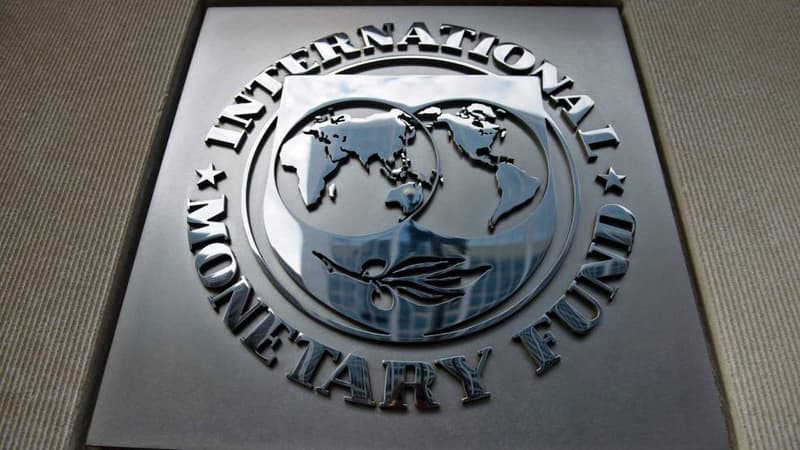Global public debt is expected to exceed 100% of gross domestic product (GDP) by 2029 and reach its highest level since 1948, the International Monetary Fund (IMF) has warned, urging countries to rebuild reserves in the face of potential economic risks. For Vitor Gaspar, director of the IMF’s public finance department, the level of public debt in the world could reach 123% of GDP by the end of the decade under the assumption of an “unfavorable, but plausible scenario.” This level is just below the all-time high of 132% reached three years after the end of World War II.
This could trigger a fiscal-financial “fatal loop,” like the one that occurred during the European sovereign debt crisis in 2010, he warned.
The IMF asks States to have “budgetary reserves” to face shocks
The IMF on Tuesday raised its global economic growth forecast for 2025 in light of the smaller-than-expected impact of customs tariffs, but estimated that a new trade war between the United States and China could weigh heavily on GDP. The highly uncertain outlook makes fiscal reforms more important than ever, Vitor Gaspar warned, adding that the IMF is urging advanced economies and developing countries to reduce their debt levels, reduce their deficits and build up reserves.
Emerging markets are less indebted but more vulnerable
Previous IMF research showed that countries with more fiscal space were better able to limit the damage to employment and economic activity in the event of severe negative shocks combined with a financial crisis, explained Vitor Gaspar. In its latest “Fiscal Monitor,” the IMF notes that rich countries, including the United States, Canada, China, France, Italy, Japan and Britain, have public debt levels already above 100% of GDP or on the verge of surpassing this threshold.
However, the IMF considers the risk for these countries to be “low to moderate” because they have deep sovereign bond markets and more policy options. By comparison, in emerging markets and low-income countries, resources are smaller and these nations face higher borrowing costs, despite their relatively low debt ratios, the international financial organization notes.
However, borrowing costs are much higher today than between the 2008-2009 global financial crisis and the COVID-19 pandemic, which began in 2020, notes Vitor Gaspar. These high interest rates are putting pressure on state budgets at a time when they are facing geopolitical tensions, an increase in natural disasters, the emergence of new technologies and an aging population, which is generating strong demands from citizens.
US debt hits record high
According to the IMF, allocating just one percentage point of GDP from current spending to education or other human capital investments could increase GDP by more than 3 percent by 2050 in advanced economies, and almost double that in emerging markets and developing economies.
In the United States, public debt in relation to GDP during the COVID-19 pandemic exceeded the peak reached after World War II, and is expected to exceed 140% of GDP by the end of the decade, underlines Vitor Gaspar. The IMF urges US authorities to stabilize the debt by reducing the budget deficit during the review of the US economy that will begin next month, also notes the economist and former Portuguese Finance Minister.
Reducing the deficit would help rebalance the U.S. economy, while freeing up resources for the private sector not only in the United States but also around the world, he said, adding that it would help lower interest rates and make financing conditions more favorable. China’s public debt has also risen sharply and is expected to rise from 88.3% of GDP to 113% in 2029, according to the IMF, which also plans a review of the Chinese economy in November.
Source: BFM TV


